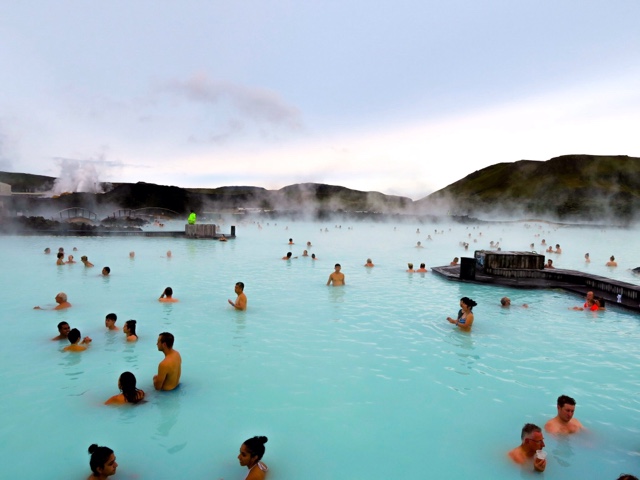Renewable Energy: Picking the Low-Hanging Fruit

• The plains of North America with its wind
• The southwestern U.S. with its sun
• The Pacific Northwest, a great deal of Central and South America, and spots in Asia with their hydrokinetics
• The northern latitudes, e.g., Scotland with its tidal hydro
• Equatorial countries with long coastlines with their potential for OTEC (ocean thermal energy conversion)
• The southeastern U.S. with its biomass
• Remote areas that are hard to service otherwise that may have particularly strong wave energy resources
It would be nice to say that every place on the globe has an abundance of at least some of that good stuff, but this isn’t the case. Here, however, there are two things to be said:
1) Nuclear. It’s a terrible shame that people, even well educated and well intentioned people, have an irrational terror of nuclear energy.
2) Long-distance transmission. This will eventually enable us to ship energy thousands of miles, so as to power our civilization in its entirety with clean energy.
That, of course, presumes that we still have a civilization here in 50 – 100 years–hardly a slam dunk.

Craig,
Whoa ! WTF ? Just because Iceland, a tiny island with a large volcano is blessed with lot’s of easily harnessed energy, doesn’t mean the rest of your sweeping and wildly exaggerated statements is accurate.
Costa Rica is not a good example. Although the country does have a large Hydro-dam generating electricity the country has no heavy industry (not much industry at all).
But the main reason the country uses so little power, is al most half the country operates on kerosene and diesel generators as the grid is very small and primitive.
Nor are Costa Rica’s hydro plans without environmental and cultural problems especially with the rights of indigenous people being violated.
“Scotland with its tidal hydro” ! Where? Apart from a tiny experimental projects , tidal power is just a day-dream.
Hydrokinetics ? Wave power ? what next, Unicorn treadmills ?
Long-distance transmission already exists, it’s just expensive and very wasteful.
All these wonderful fantasies are all very well, except they prevent any real action taking place to reduce emissions from existing, practical technologies.
The best analogy would be like sitting on the deck of sinking boat, preferring to design a new revolutionary ship, rather than repair the hole in the existing vessel !
Craig,
I obviously love the central direction of your post here… it’s absolutely critical: We must seek out whatever readily-tapped, very-low-cost solutions exist in different regions, and those solutions will be different for different regions.
But I must say, as obvious as it seems for Iceland (and Costa Rica) to use geothermal heat, and for the SW U.S. and sub-Saharan Africa to use solar, and for countries bordering the North Sea to tap offshore wind while the U.S. great plains states tap the class-5 and -6 wind zones they are blessed with… etc…
I am highly dubious of hydrokinetics, tidal, and wave energy.
Biomass will always remain a small segment of a region’s energy profile, as modern energy demand will quickly denude any region that attempts to use biomass for more than a few percent of its energy needs.
I have seen nothing concerning OTEC that suggests it to be a factor outside of science fiction.
We absolutely agree that strong investment and growth in nuclear energy and long distance transmission are critical for us to even have half a chance to avert some of the more world-altering tipping points that are on the near term (30-50 year) horizon.
🙂